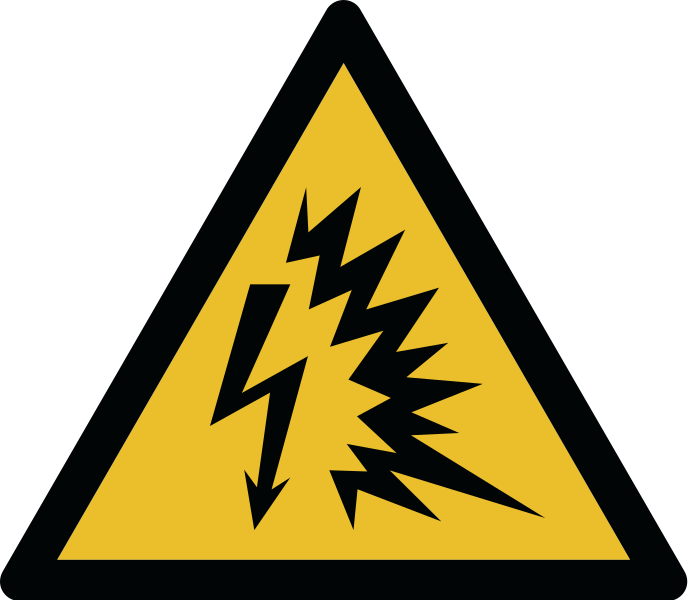What is an Arc Flash?
An arc flash is what happens when an electric current travels through air, flashing over from an exposed, live conductor to another conductor or to ground. These incidents are common, and they are costly. Additionally, the frequency of reported accidents is increasing, making it a very hot topic within OSHA and the overall safety industry.
What Causes an Arc Flash?
Some possible causes of an arc flash are as follows:
• Coming close to a high-amp source with a conductive object
• Dropping a tool or otherwise creating a spark
• Equipment failure due to use of sub-standard parts, improper installation, or even normal wear-and-tear
• Breaks or gaps in insulation
• Dust, corrosion, or other impurities on the surface of the conductor
How Common is Arc Flash?
In the past, if someone suffered burns in an electrical accident, it was typically thought that the burns were caused by the electrical shock passing through the body. Although electrical shocks can cause burns, research has shown is that most burns from electrical accidents actually come from arc flash.
According to the NFPA 70E-2004 standard, the majority of hospital admissions due to electrical accidents are from arc flash burns, not from electrical shocks. Although the frequency is largely unknown, due to conflicting data from inaccurate reporting, it is estimated that arc flash events range from 3,500 to 30,000 per year. Likewise, a report compiled by Capelli-Schellpfeffer, Inc., estimates that five to 10 arc flash explosions happen in the USA every day, resulting in 1 to 2 deaths per day. Sadly, this figure only takes into account incidents where victims were sent to special burn centers; the number does not include cases sent to regular hospitals or clinics, nor unreported cases or near misses.
Part 1 of 2.

